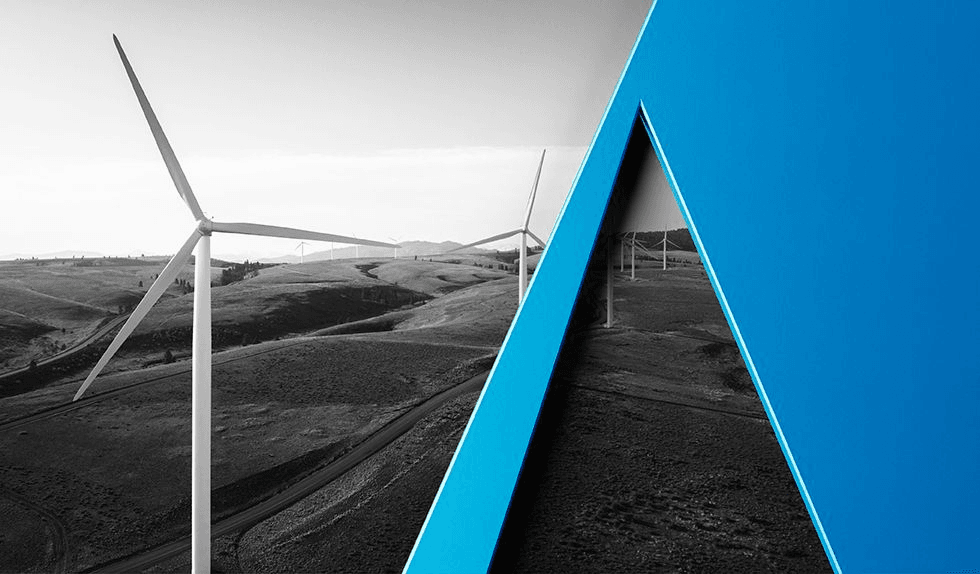Interstate oil, liquid and refined products pipelines regulated by the Federal Energy Regulatory Commission (FERC) will soon be able to raise their transportation rates (provided they were set using FERC’s popular Index rate methodology) in the wake of a significant new decision by the District of Columbia Circuit (the D.C. Circuit) in Liquid Energy Pipeline Association v. FERC (LEPA).
In LEPA, the D.C. Circuit held that FERC violated the Administrative Procedure Act’s (APA) notice-and-comment rulemaking requirement when FERC reduced the five-year Index rate it had approved in a December 2020 order in a subsequent order on rehearing issued in January 2022. The higher Index rates (which had been approved previously by FERC in December 2020) had already taken effect on July 1, 2021. Yet, on rehearing, FERC ordered their prospective reduction beginning in March 2022. The court explained that the APA lacks an “omnibus rehearing exception” to its notice-and-comment requirements that would allow for a substantive change to an existing rule, including the rate reduction. Because the rule had become legally binding and enforceable on July 1, 2021, any substantive revision required a new notice-and-comment period before taking effect—such that FERC could not simply rely on the notice-and-comment period that preceded the original December 2020 order.
By way of remedy, the court ordered FERC to reinstate the higher rates permitted by the December 2020 order. This could result in pipelines surcharging their shippers to recover the difference in rates they would have been able to charge had the rehearing order never issued.
Background
The FERC rate Index methodology is the primary rate setting methodology used by oil, liquid and refined products pipelines regulated under the Interstate Commerce Act (ICA). Created to abide by a mandate in the Energy Policy Act of 1992 that FERC establish a “simplified and generally applicable ratemaking methodology for oil pipelines,” the Index methodology uses an inflation-adjusted rate ceiling to allow pipelines to raise or lower rates without filing a cost-of-service justification. FERC initiates a notice-and-comment proceeding every five years to revisit the rate Index ceiling to ensure that rates are consistent with changes in inflation. This process is complemented by an annual rate setting process that also fluctuates based on inflation, with pipelines permitted to set new rates on July 1 every year.
Typically, FERC sets the five-year Index using the so-called Kahn methodology. This methodology uses a dataset comprising regulated ICA pipelines’ filed data from the prior five-year period to calculate each pipeline’s cost change on a per barrel-mile basis, trimmed to remove statistical outliers. FERC then calculates a composite by averaging the median, the mean and a weighted mean of the data set. The difference between this composite and the Producer Price Index for Finished Goods (PPI-FG) over the prior five-year period is then measured, and the index level is set at PPI-FG plus (or minus) this differential. While the Kahn methodology is largely consistent, FERC can vary the outcome by trimming the data set used to set the Index to either the middle 50% or middle 80%.
In June 2020, FERC initiated the ratemaking proceeding to set the current five-year Index, which covers the period from July 1, 2021, to June 30, 2026. Regulated pipelines and their aligned interests advocated for an Index rate based on use of the middle 80%. They also asked FERC to reject calls to reduce the Index to account for 2018 policy changes that prevented pipelines organized as master limited partnerships from recovering an income tax adjustment in their rates. In a December 2020 order, FERC agreed and set the Index level at PPI-FG+0.78%. This was higher than the initially proposed rate Index of PPI-FG+0.9% provided in FERC’s Notice of Proposed Rulemaking (NOPR).
Shipper interests sought substantive rehearing in January 2021 and FERC issued a so-called “tolling” order in February 2021 indicating that it would rule on their request at a later date. FERC ultimately issued its rehearing order in January 2022, after FERC regained its full compliment of five Commissioners, and had a 3-2 Democratic majority. The rehearing order determined that the proper Index rate was actually PPI-FG-0.21%, a drop of nearly 1 percentage point, and lower even than the NOPR’s proposed Index rate. In the interim, the higher Index rates had already been in effect for over six months. FERC did not order the pipelines to refund the difference during that period, but directed each pipeline to reduce their rates prospectively effective March 1, 2022.
LEPA marks the third time in two weeks that FERC has lost before the D.C. Circuit on account of an APA violation. But LEPA is unique because it concerns FERC’s authority to set rates under the ICA, which, unlike other statutes administered by FERC, has no judicial review provision, making the APA the default source of the cause of action and applicable standard. This allowed the pipeline interests to raise their notice-and-comment challenge directly to the court rather than raising it first with FERC.
Impact of LEPA on the Oil, Liquids and Refined Products Pipeline Industry
Approximately 75% of oil pipeline rates are set using the Index methodology. Moreover, FERC requires ICA-regulated pipelines to set their rates using the Index, subject to certain limited exceptions. This makes the five-year Index the most important FERC-initiated rulemaking to the oil, liquids and refined products pipeline community. When set correctly, the Index creates cost efficiency incentives and encourages pipelines to control their costs. To the extent it offers efficient pipelines the opportunity to earn an additional return on equity, it also provides pipeline operators and their shippers with predictability and stability. Hence, the court’s order directing FERC to revert to a rate set nearly four years ago is certain to create disruptions in the pipeline community.
It should be noted that the five-year Index sets a rate ceiling. Thus, while after LEPA pipelines will be permitted to increase their rates up to the ceiling, they are not required to do so. Because the mandate from the D.C. Circuit will not issue until mid-September, assuming FERC does not file for rehearing, it will still be several months before pipelines can file for related rate increases. We also would expect FERC to issue a ministerial order that affirms the court’s decision and directs the granted relief before any further action is taken on rates. However, there may be future disputes as to whether pipelines can surcharge their shippers for rate differential between March 2022 and the higher rates, much in the way shippers had argued for refunds between July 1, 2021, and February 28, 2022, after FERC reduced the rates in the January 2022 rehearing order. Thus, the pipeline community will be looking to FERC for clear direction in the coming weeks and months.



